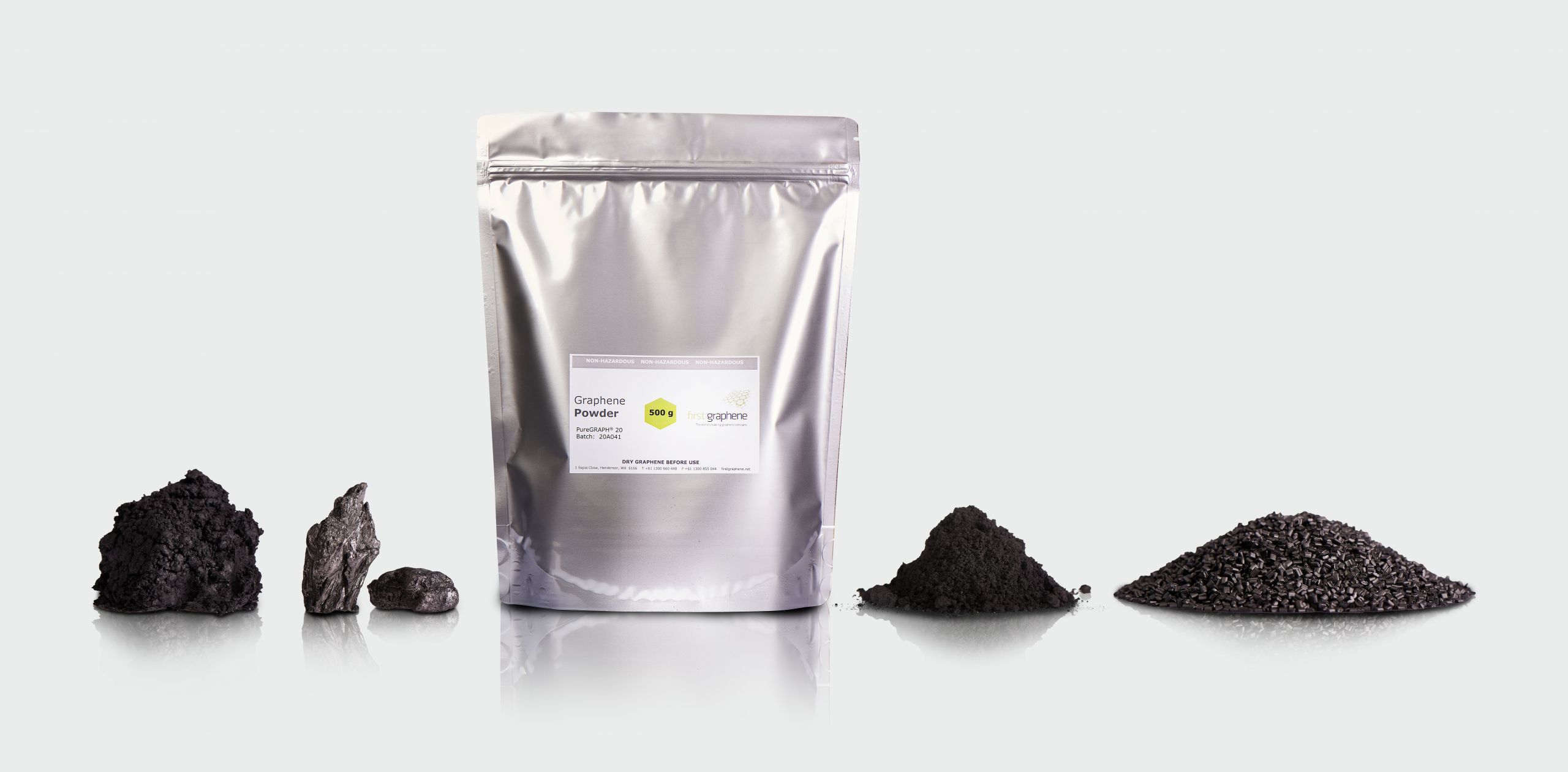Graphene has garnered attention for its exceptional industrial properties, boasting strength and conductivity that make it a sought-after material. However, when it comes to ceramic paint protection for vehicles, incorporating graphene may not be the optimal choice for several reasons.
The conductivity of graphene poses significant challenges in its application to ceramic paint protection. Its conductive nature can lead to the accumulation of static charges on the paint surface, attracting dust and debris. Moreover, this conductivity exacerbates the impact of sunlight UV properties, potentially resulting in the absorption and retention of heat. Consequently, UV radiation effects on the paint surface intensify, leading to accelerated fading, cracking, and other forms of deterioration, ultimately defeating the purpose of using paint protection. It’s crucial to assess both the benefits and drawbacks of graphene to determine its suitability for paint protection solutions.
Let’s delve into three primary concerns regarding the use of graphene in paint protection:
- Potential Surface Scratching: Graphene particles, renowned for their exceptional strength, may inadvertently cause surface scratching during application or removal. Despite its protective intentions, the presence of graphene could contribute to surface damage, undermining its purpose.
- Conductivity and Heat Retention: Graphene’s inherent conductivity could lead to heat retention on the paint surface, especially under direct sunlight. This prolonged heat exposure may accelerate degradation, causing premature fading, cracking, or other forms of surface deterioration.
- Inconsistent Surface Finish: Graphene particles often impart a solid black colour to coatings, resulting in an inconsistent surface finish, particularly on lighter-coloured paintwork. Achieving a uniform appearance may be challenging, potentially leading to aesthetic discrepancies across the coated surface.
Considering these concerns, the integration of graphene particles into ceramic paint protection formulations warrants careful consideration. The potential drawbacks may outweigh their intended benefits, compromising the longevity and quality of your vehicle’s paintwork.
In conclusion, while graphene showcases impressive structural fabrication properties in various industries, its integration into ceramic paint protection for vehicles may present significant drawbacks. Opting for graphene-based solutions over industry-leading genuine ceramic paint protection could compromise the longevity and quality of your vehicle’s paintwork. For superior protection and peace of mind, consider investing in known ceramic paint protection solutions backed by proven performance and reliability.








